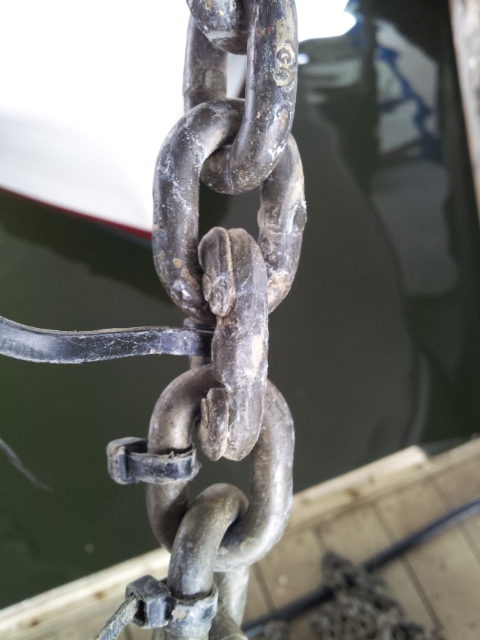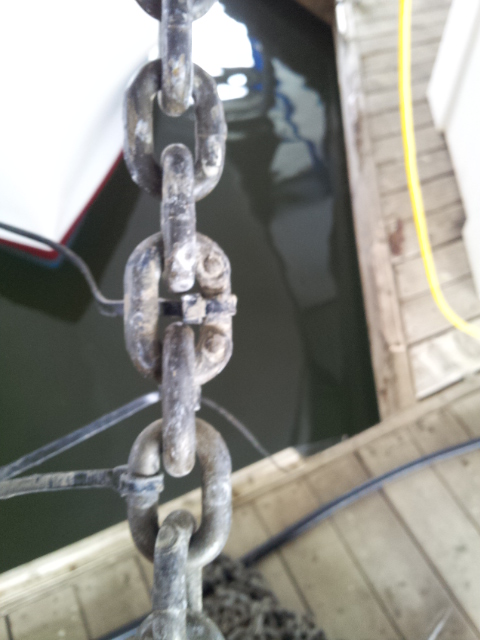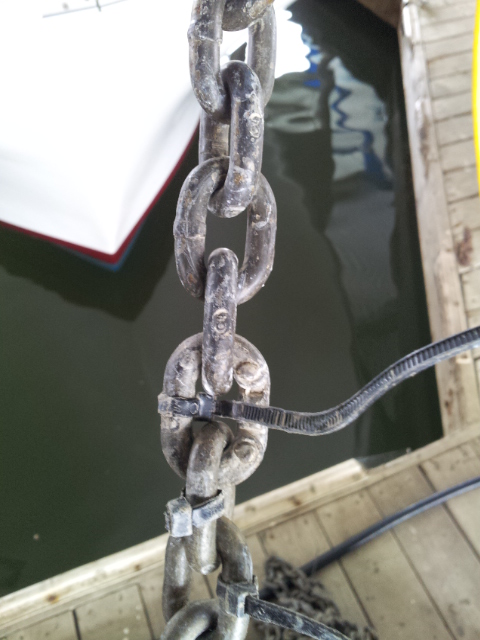hmason
Guru
- Joined
- Aug 9, 2013
- Messages
- 2,764
- Location
- USA
- Vessel Name
- Lucky Lucky
- Vessel Make
- Pacific Mariner 65
Hi All,
I have come into possession of 75' of 3/8" BBB anchor chain that I would like to couple to my existing chain of the same caliber. What do you all suggest to use for the coupling that will run through the windlass gypsy? Thanks, Howard
I have come into possession of 75' of 3/8" BBB anchor chain that I would like to couple to my existing chain of the same caliber. What do you all suggest to use for the coupling that will run through the windlass gypsy? Thanks, Howard
Last edited:



